Revealed: The 9 poisonous plants to watch out for in our gardens
You might be quite surprised by this list of potentially poisonous plants...
We all know the perils of Deadly Nightshade, but there are some Chelsea Flower Show favourites that could also pose a danger to us and our pets. Green fingered Brits are being warned to look out for these common poisonous plants in their gardens.
The experts over at Garden Buildings Direct have disclosed the plants that could cause harm to both humans and pets.
In other garden news: Five simple steps to help protect gardens during the hot weather
Among the list of garden favourites that hide potential hazards are Lily of the Valley, Wisteria and Hydrangeas.
'Don’t be fooled by a pretty, sweet smelling plant, it could be hiding a deadly secret,' explains a spokesperson for Garden Buildings Direct. Warning, ' They could leave you and your pet feeling a little under the weather.'
'There are some on our list that clearly have lethal tendencies, like Deadly Nightshade and Hemlock. Others are a little more surprising.'
Top 9 poisonous plants hiding in our gardens
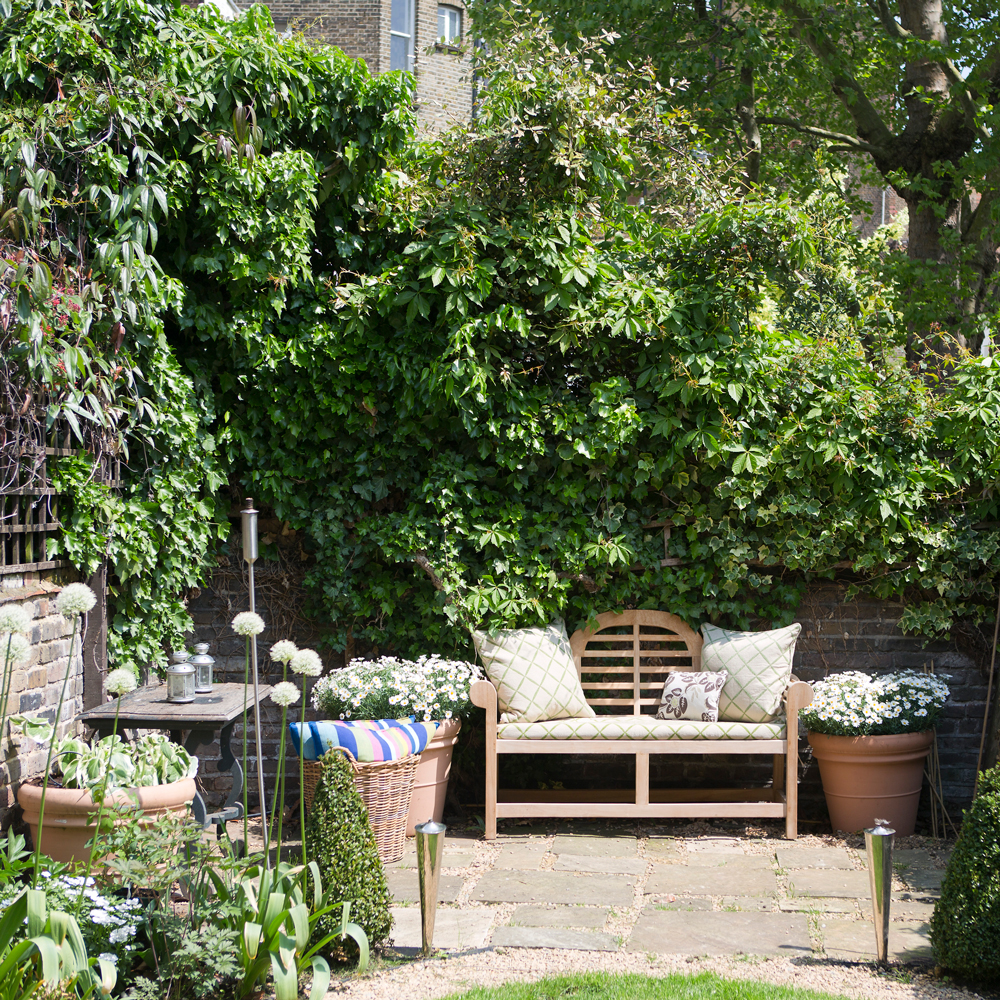
'Take Hydrangeas for example. Who knew these beautiful, flower laden plants contained cyanide?' the spokesperson exclaims. 'And our springtime favourites Daffodils – if a dog digs up and chews on the bulb it could lead to vomiting, diarrhoea and convulsions.'
Sign up to our newsletter for style inspiration, real homes, project and garden advice and shopping know-how
1. Hydrangeas
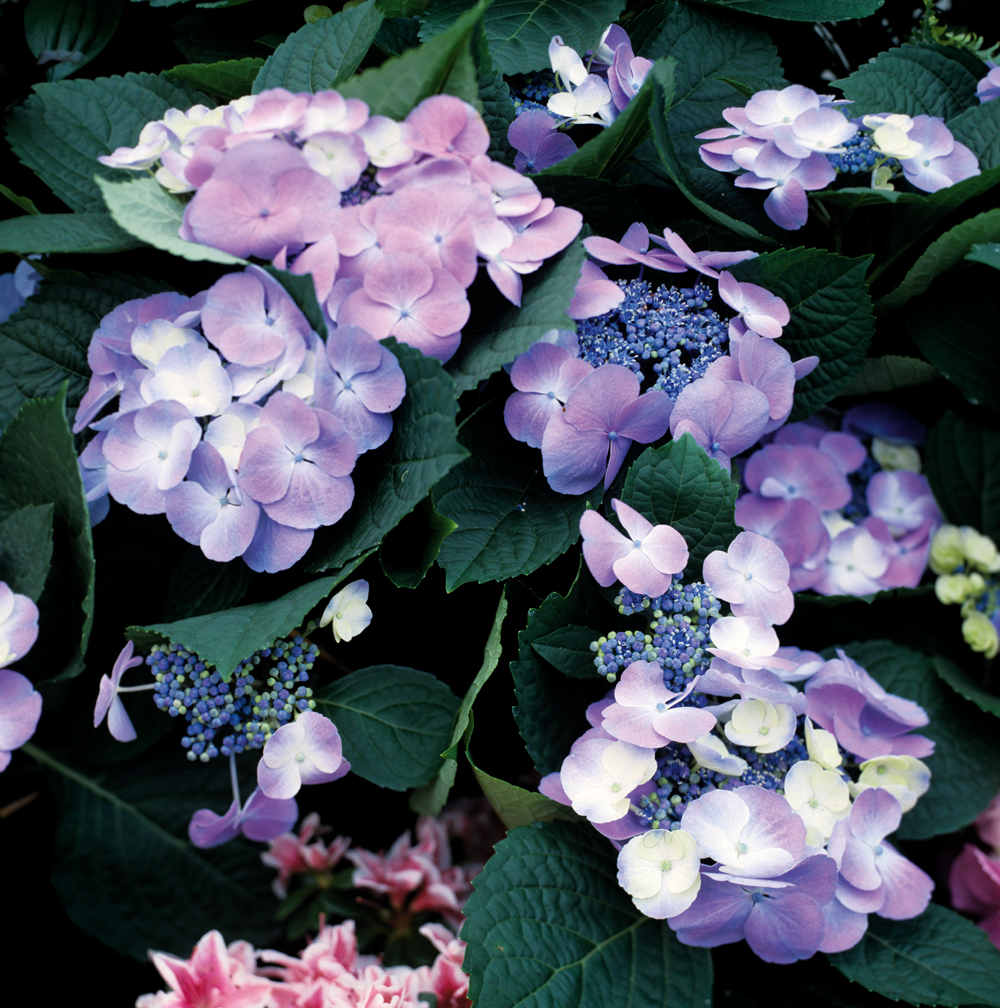
Attractive yet dangerous apparently, as the experts reveal hydrangeas contain cyanide. But don’t worry, you would need to ingest lots for it to be fatal to humans and pets. We're not sure why we'd be eating them, but better to be safe than sorry.
2. Rhododendron
Another garden favourite, known for its colourful buds. The experts say, 'This beautiful plant produces mad honey. In Roman times troops were
given honey made from the plant to poison them. Symptoms include vomiting, confusion and heart problems.'
3. Rhubarb
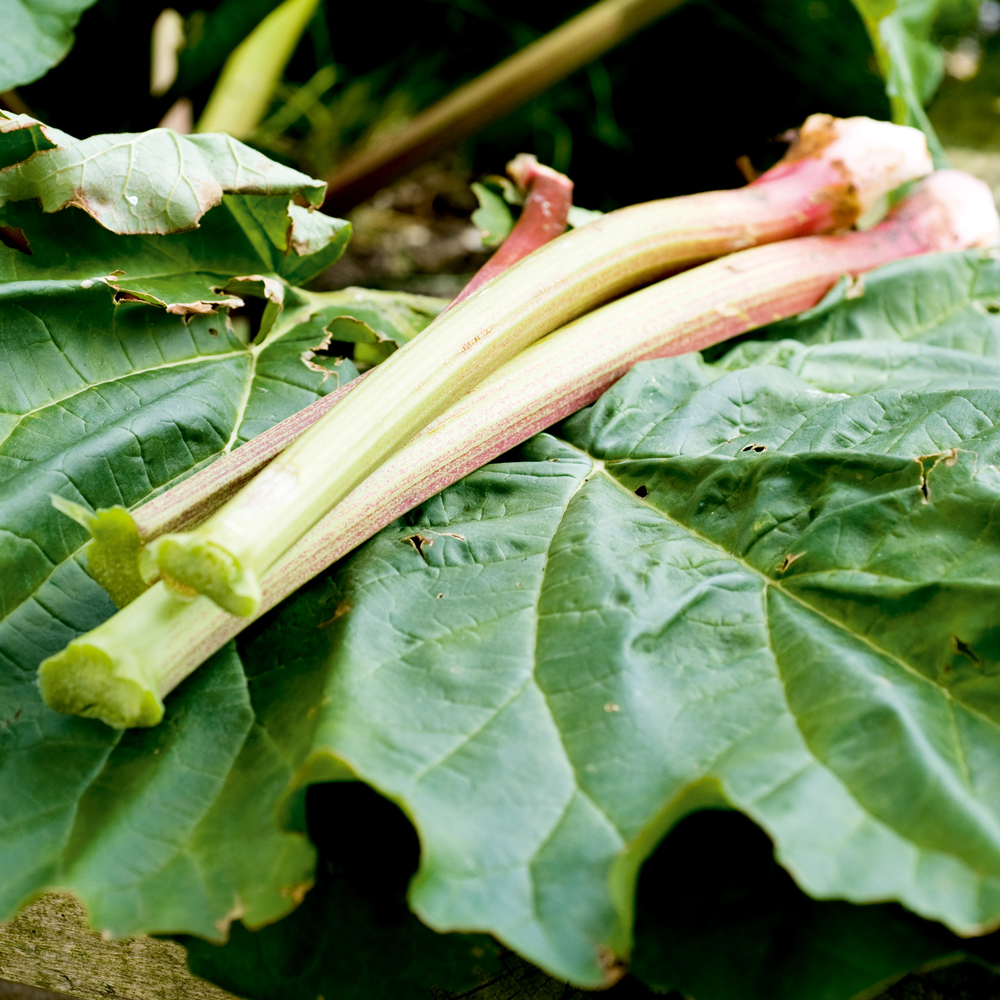
'Delicious in a crumble as long as you just use the stalk and avoid the leaves. Eating too many may cause your kidneys to shut down.' Noted for future crumble making.
4. English Yew
This native conifer sounds worthy of avoiding at all costs. 'Almost every part of this is poisonous, especially the leaves and seeds. Eating these can leave you feeling dizzy, have a dry mouth and dilated pupils.'
5. Hemlock
Often found on riverbanks and in ditches, this can cause sickness if eaten. 'In severe cases, it can kill by paralysing the lungs.'
6. Daffodil
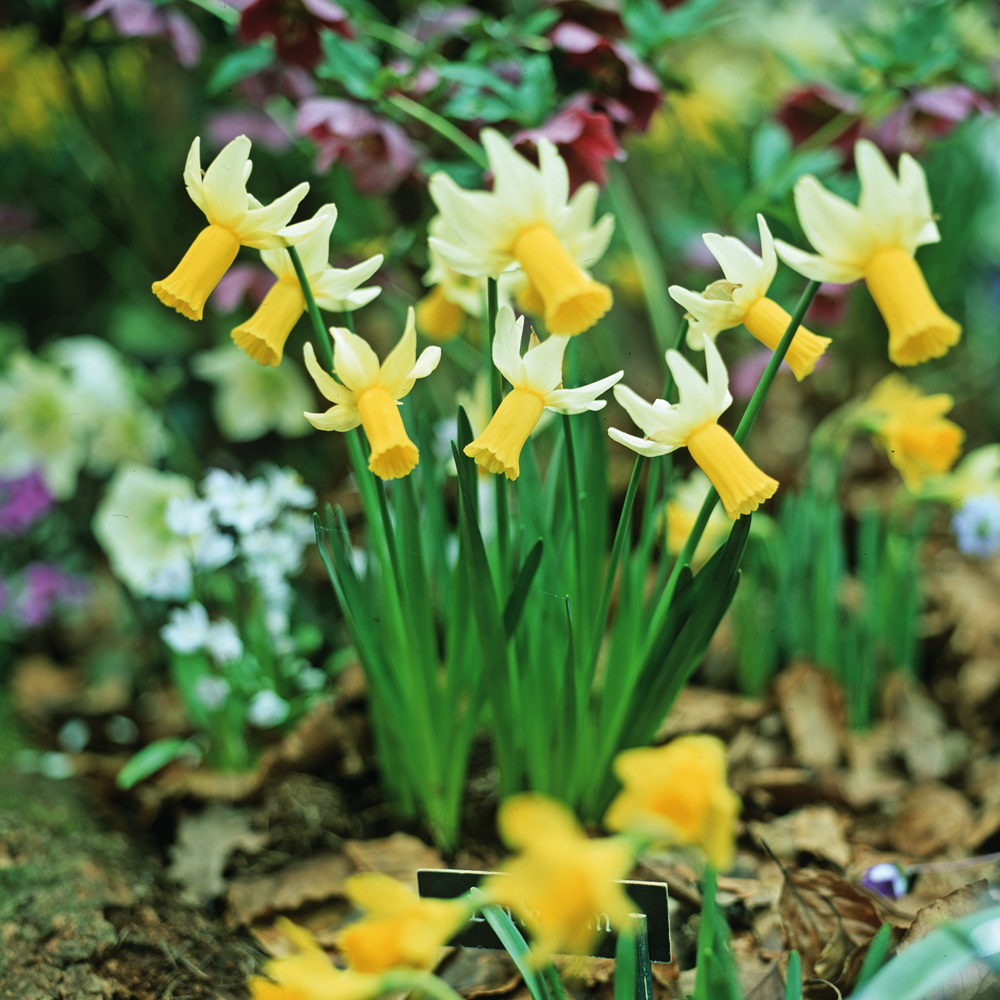
The bulbs are the dangerous part of this popular spring time flower. 'If you have a dog that loves to dig, keep them away from your daffs. Eating them will cause vomiting, convulsion and diarrhoea.'
7. Lily of the Valley
'It may smell and look lovely but the toxic compounds in Lily of the Valley called cardiac glycosides can leave you feeling dizzy, vomiting and covered in a rash.'
8. Deadly Nightshade
This is the one most commonly known, and the clue's in the name. 'Most common in central, eastern and southern parts of the UK, Deadly Nighshade can cause dilated pupils, problems balancing and a rash. It may eventually lead to hallucinations and convulsions.'
9. Wisteria
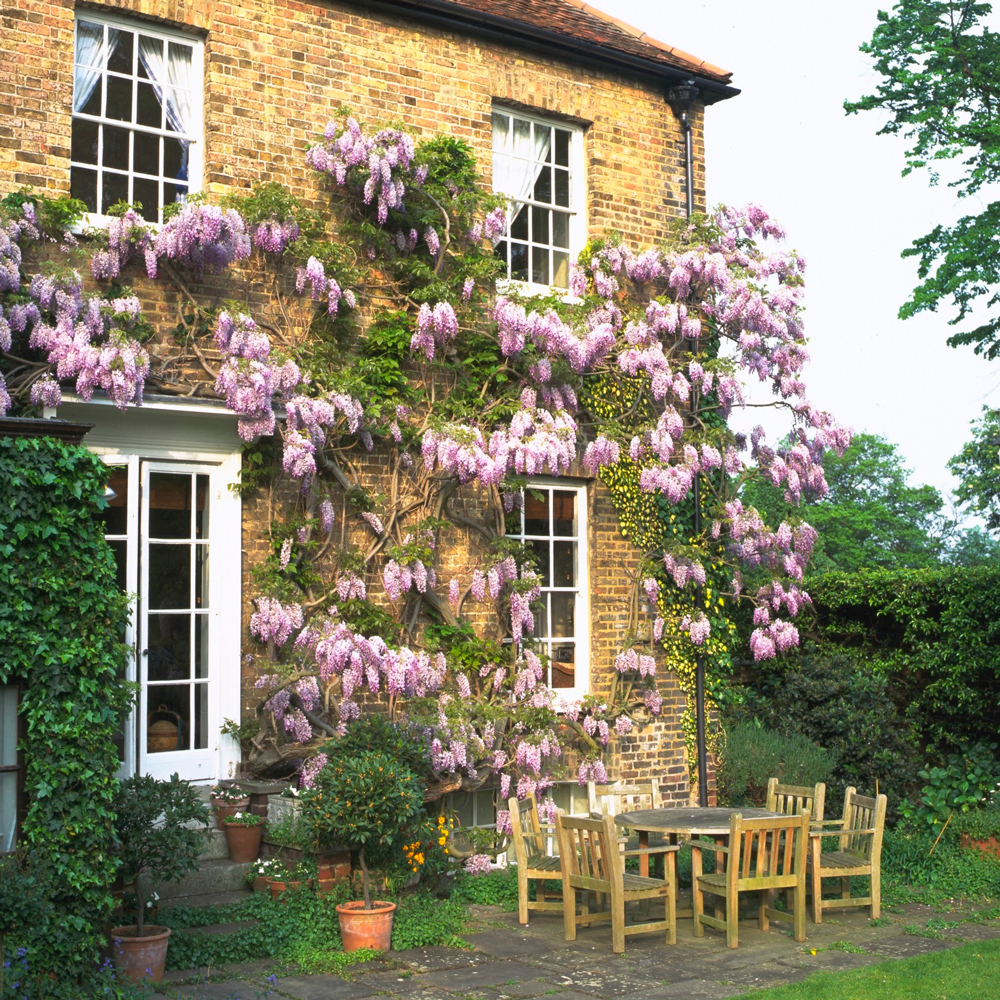
Who knew this climbing country cottage classic could hold any potential danger? While rarely harmful to humans the seed pods are toxic to dogs, cats and horses.
Related: Garden mirror ideas to flood gardens with a little ray of light
Do you have any of these in your garden?
Tamara was Ideal Home's Digital Editor before joining the Woman & Home team in 2022. She has spent the last 15 years working with the style teams at Country Homes & Interiors and Ideal Home, both now at Future PLC. It’s with these award wining interiors teams that she's honed her skills and passion for shopping, styling and writing. Tamara is always ahead of the curve when it comes to interiors trends – and is great at seeking out designer dupes on the high street.